One of the most important logistical challenges for any organization is to properly choose the type of warehouse to house its merchandise.
An optimal storage system is key when it comes to reducing costs and streamlining order management.
Consolidation warehouses are those facilities in which individual orders are received from different suppliers, logistics centers or clients. These orders are grouped and sent together, with the aim of facilitating their transportation.
The consolidation process in logistics involves the organization and classification of orders before their shipment. It is a process that can be simple, in the case of having pallets, or complicated when the loading unit is boxes with different products and their quantity is very high.
However, in the end the task is the same: to conglomerate the different orders in the same transport, in order to divide the delivery costs between the clients. Consequently, this type of storage is widely used in the world of e-commerce, since customers are accustomed to low or free shipping costs.

Phases consolidation warehouse
To correctly understand what a consolidation warehouse is, it is interesting to point out the different aspects of logistics consolidation:
- Reception of goods:
It is the first phase of this entire logistic process. The moment in which the different products or raw materials from the different clients are received. Likewise, the unloading of the goods is carried out, they are classified and their documentation, such as invoices, is checked.
2. Product handling
The stock is manipulated, depending on the customer’s needs. From weighed, to packaged; going through marking or packaging… among other actions.
3. Storage
It is temporary in nature. The different items are stored until sufficient quantity is available for joint shipment.
4. Placing the order
To prepare orders, the batch of products will have to be properly made and the relevant documentation prepared.
5. Shipment
The last section of this process is shipping or dispatch. A unified shipment that will be loaded on the same truck until it reaches a company or an end customer.










